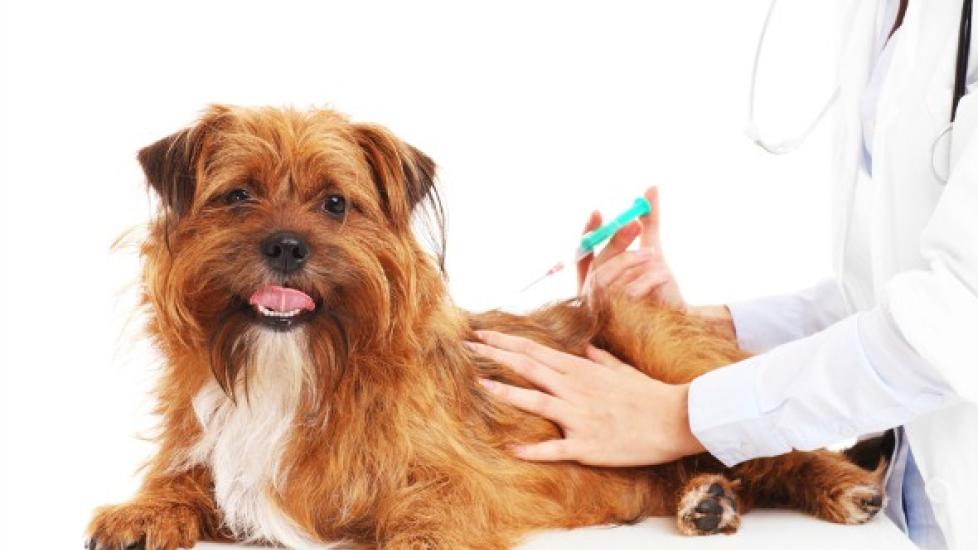Title: Unraveling the Mysteries of Tumors Associated with Canine Vaccinations
Introduction:
In the world of veterinary medicine, few topics are as controversial or misunderstood as the potential link between vaccinations and tumors in dogs. While vaccines have been a cornerstone of preventive care for decades, concerns about their safety, particularly regarding the development of sarcomas at injection sites, continue to spark debates among pet owners and professionals alike. This article aims to shed light on this complex issue, exploring the current understanding of vaccine-associated sarcomas (VAS) and providing practical guidance for dog owners seeking to protect their furry companions while minimizing any associated risks.
Understanding Vaccine-Associated Sarcomas (VAS):
VAS are malignant tumors that can develop around the site where a vaccination was administered. They typically belong to the category of soft tissue sarcomas, which are aggressive cancers characterized by rapid growth and a high likelihood of spreading to other parts of the body if left untreated. Although rare overall, these tumors are a significant concern due to their proximity to vital organs such as the heart and lungs, making surgical removal challenging.
Risk Factors and Prevalence:
Several factors may increase a dog’s risk for developing VAS, including breed predisposition, age at vaccination, the type of vaccine, and individual immune system responses. Certain breeds seem more susceptible than others, although no definitive list exists. The incidence of VAS is estimated to be approximately 1 per 10,000 to 100,000 vaccinated dogs, highlighting how uncommon they are but also underscoring the importance of awareness given the severity of the condition when it does occur.
Prevention Strategies:
To mitigate the risk of VAS without compromising immunization benefits, veterinarians employ various strategies. These include using modified live virus (MLV) vaccines instead of killed vaccines, which some studies suggest carry a lower risk of causing sarcomas. Additionally, many vets now recommend a “core” set of essential vaccinations for all dogs and a tailored approach for non-core vaccines based on a dog’s lifestyle and risk profile. Some practices also use ultrasound screening before performing surgery near previous vaccination sites to detect early signs of tumor formation.
Owner Considerations:
Dog owners should consult closely with their veterinarian to determine the best vaccination protocol for their pets. It is crucial to balance the known benefits of vaccination against the small but real possibility of adverse events like VAS. Regular checkups and careful monitoring for changes at injection sites can help catch issues early when treatment options are most effective. Open communication between pet parents and healthcare providers ensures personalized care that prioritizes both protection from infectious diseases and vigilance over long-term health outcomes.
Conclusion:
While the association between vaccinations and tumors in dogs remains an area of ongoing research and debate, proactive measures can reduce the chances of complications without sacrificing the life-saving benefits of immunizations. By staying informed, working collaboratively with our veterinary teams, and implementing evidence-based prevention strategies, we can safeguard our canine friends’ well-being without jeopardizing their robust immunity against common pathogens.
